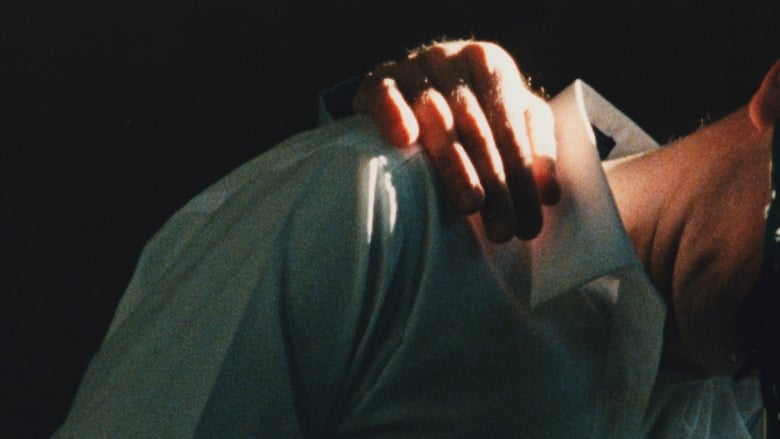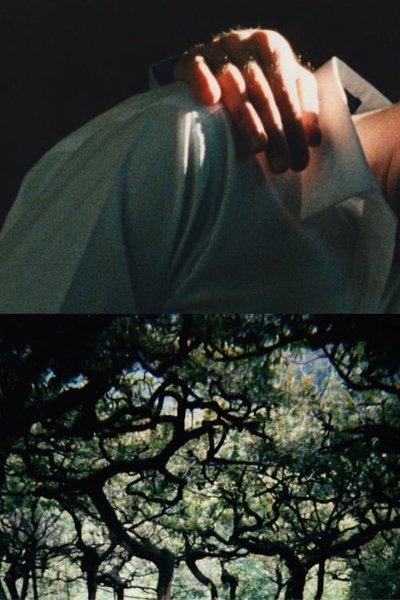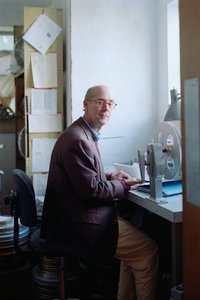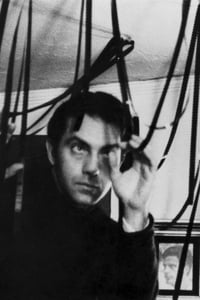The Hedge Theater
Genres
Documentary
OverView
Filmed in Rome in the 1980s, the work draws on Borromini’s Baroque architecture and Il Sassetta’s St. Martin and the Beggar. Beavers contrasts winter’s subdued light with the verdant growth of spring, constructing a precise montage in which image and sound form a poetic dialogue.
Others
Budget
$--
Revenue
$--
Status
Released
Original Language
English
Runtime
19 mins
Rating
6.4/10
Release Date
17 November 2002
Country
Italy



